
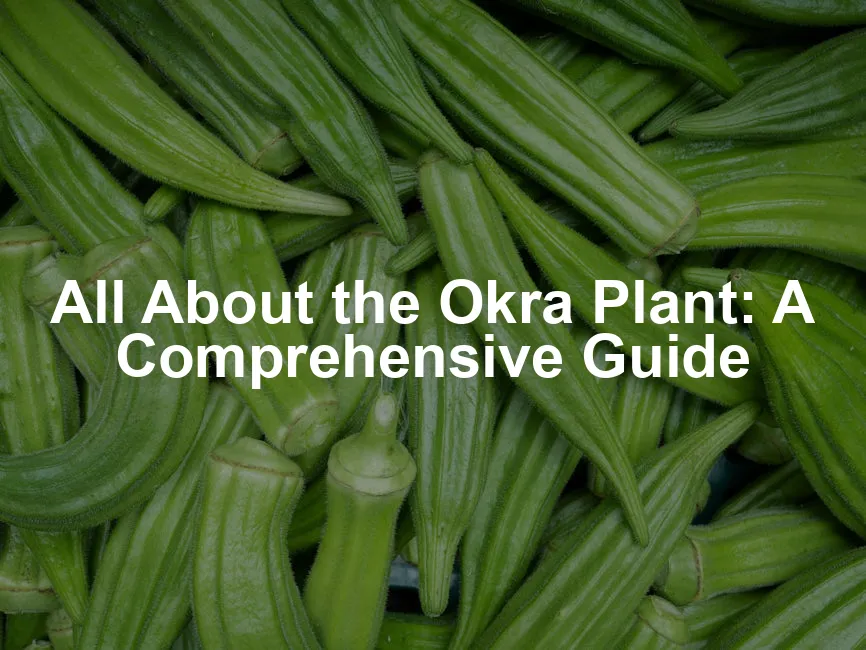
All About the Okra Plant: A Comprehensive Guide
Introduction
Okra is a fascinating plant with culinary and agricultural importance. Known for its unique texture, opinions on okra vary widely—some love it, while others can’t stand it. In this article, we’ll focus on growing, culinary uses, and the benefits of okra.
Summary and Overview
Okra, scientifically known as Abelmoschus esculentus, belongs to the mallow family, which includes hibiscus. This warm-season crop thrives in tropical and subtropical regions, making it a staple in Southern and Asian cuisines. Its pods are often used in soups, stews, and curries, appreciated for their mild flavor and ability to thicken dishes. Nutritionally, okra is high in fiber, vitamin C, and antioxidants, making it a healthy addition to your diet. This article will guide you through optimal growing conditions, planting techniques, culinary applications, and maintenance tips for your okra plants.
Before you start your okra journey, you’ll want to ensure you have the right tools for success. A pair of gardening gloves is essential to keep your hands safe while digging and planting. Plus, they can help you feel like a gardening superhero!
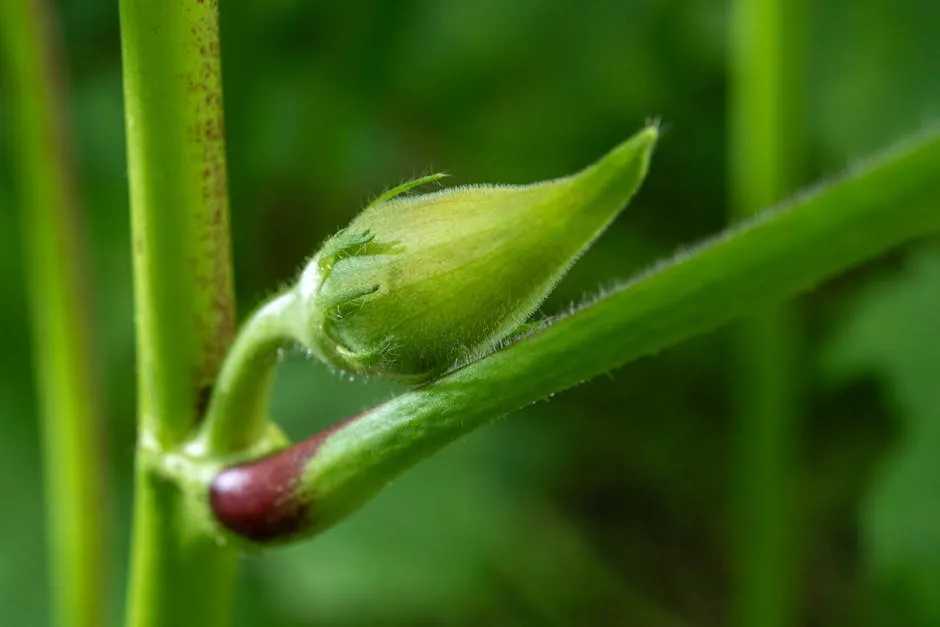
Growing Okra
Optimal Growing Conditions
To grow okra successfully, choose well-drained soil rich in organic matter. Aim for sandy loam with a pH between 6.5 and 7.0. Okra thrives in full sun, needing at least six hours of direct sunlight daily. The ideal temperature for planting is between 75°F and 90°F. Soil should be warm, ideally at least 70°F for germination. Water your okra consistently, aiming for about one inch per week, but avoid soggy conditions. Proper soil moisture will help your plants flourish, promoting robust growth and pod production.
To ensure your soil is at the right pH, consider investing in a soil pH test kit. Knowing your soil’s pH will help you amend it as necessary, ensuring your okra has the best chance to thrive.
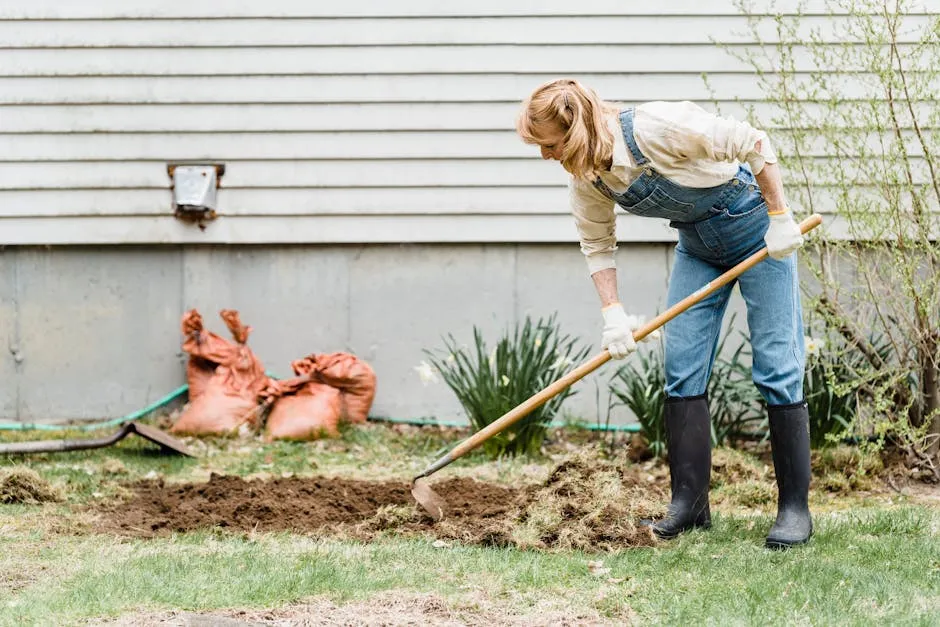
Planting Techniques
When planting okra, space seeds about 10 inches apart, placing them approximately ½ to 1 inch deep in the soil. For optimal yield, consider planting multiple seeds per hole, thinning them to one strong plant later. Companion planting can enhance growth; plants like basil and peppers can benefit okra. This combination can deter pests and improve yields. Remember, okra is a warm-weather crop, so wait until nighttime temperatures are consistently above 60°F before planting.
If you’re looking for a comprehensive guide on companion planting, a Companion Planting Guide Book can be a fantastic resource. You’ll learn which plants work well together and how to maximize your garden’s potential!

For more on how to effectively plant alongside other crops, check out the best companion planting techniques for vegetable gardens 2024.
Care and Maintenance
Caring for your okra plants is essential for a bountiful harvest. Watering should be consistent, aiming for about one inch per week. This ensures the soil remains moist but not soggy. Early morning is the best time for watering, allowing moisture to soak in before the heat of the day.
Fertilization plays a crucial role in okra growth. Use a balanced fertilizer, applying it when planting and again every four weeks. A quality organic fertilizer will help ensure your okra gets the nutrients it needs, supporting healthy growth and pod development.
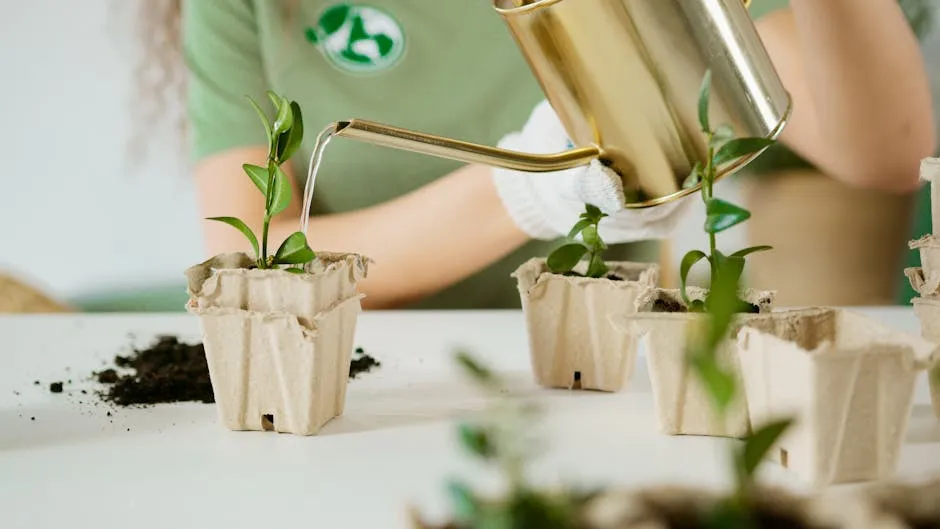
Pest management is vital to protect your okra. Common pests include aphids, stink bugs, and corn earworms, which can greatly impact yields. Regularly inspect your plants for signs of infestation. Introducing beneficial insects like ladybugs can help control pest populations naturally. If needed, consider organic pesticides to manage severe outbreaks.
Download our care checklist for growing okra to keep your plants healthy and thriving!
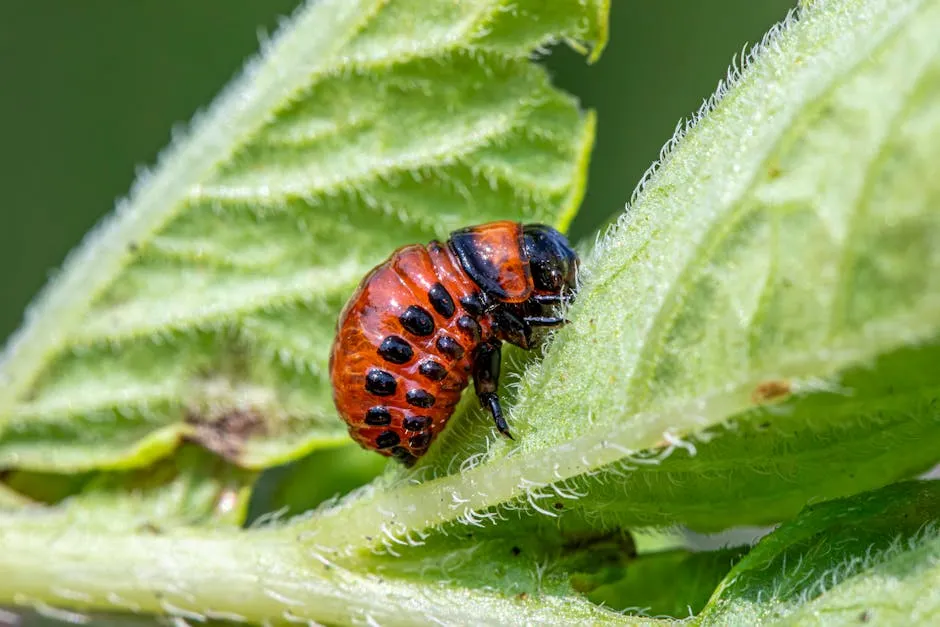
Harvesting Okra
Harvesting okra at the right time ensures the best flavor and texture. Look for pods that are 2 to 4 inches long, firm, and vibrant in color. These are signs of ripeness. Regular harvesting is key, as okra is a “cut-and-come-again” vegetable. This means picking pods encourages the plant to produce more.
Use clean, sharp scissors to cut pods, leaving a small stem attached. This method prevents damage to the plant and promotes further growth. You should harvest every two to three days during peak production. In ideal conditions, each okra plant can yield over 30 pods throughout the season.
Join our newsletter for more harvesting tips, and make the most of your okra crop! And don’t forget to check out an excellent vegetable gardening book to deepen your knowledge on growing a variety of plants!

Common Challenges in Growing Okra
Troubleshooting
Growing okra can be rewarding, but it comes with its challenges. One common issue is pest infestations. Aphids and stink bugs are frequent visitors that can damage your plants. Regular inspections and introducing beneficial insects, like ladybugs, can help control these pests naturally.
Diseases can also plague okra, particularly root rot, which thrives in wet conditions. To prevent this, ensure your soil has good drainage. If you notice wilting plants, consider crop rotation to mitigate diseases.
Environmental factors, like extreme heat or cold, can stress your okra plants. If temperatures soar, provide shade to keep them cool. Conversely, if nighttime temperatures drop, consider using row covers to protect them.
By staying vigilant and proactive, you can enjoy a bountiful okra harvest. Get our troubleshooting guide for okra growers to navigate these common challenges effectively! And if you’re looking for a way to document your gardening journey, a gardening journal can be incredibly helpful!

Conclusion
The okra plant is a true gem in both cooking and gardening. Its unique pods add texture and flavor to a variety of dishes, from gumbo to stir-fries. Plus, growing okra can be a rewarding experience for gardeners of all levels. Why not give it a shot? You might discover a new favorite vegetable!
Experiment with different recipes to showcase okra’s versatility. If you’re keen on preserving your harvest, consider a food dehydrator. It’s a great way to make sure none of your delicious okra goes to waste!

Share your successes and any challenges you encounter while cultivating this remarkable plant. We’d love to hear your stories and tips on growing okra and your favorite okra recipes!
FAQs
What is the best time to plant okra?
The best time to plant okra is in warm weather when nighttime temperatures stay above 60°F. In most regions, this means planting from late spring to early summer, typically from May to July.
How often should I water okra plants?
When it comes to watering okra plants, aim for about one inch of moisture per week. Water regularly, especially during dry spells, to keep the soil consistently moist but not soggy.
Can okra be grown in colder climates?
Growing okra in colder climates can be challenging, as it thrives in warm conditions. However, you can try planting it in a greenhouse or using row covers to protect it from cooler nights.
What are some popular recipes using okra?
There are many delicious okra recipes! You can use okra in gumbo, curries, or stir-fries. It also works well as a fried snack or roasted side dish.
How do I know when to harvest okra?
Harvesting okra should happen when the pods are 2 to 4 inches long and firm. Regularly check your plants, as picking encourages further production and prevents the pods from becoming tough.
Please let us know what you think about our content by leaving a comment down below!
Thank you for reading till here 🙂 And if you’re looking to keep your kitchen organized, consider a spice rack organizer to keep all your delicious seasonings in check!
All images from Pexels



